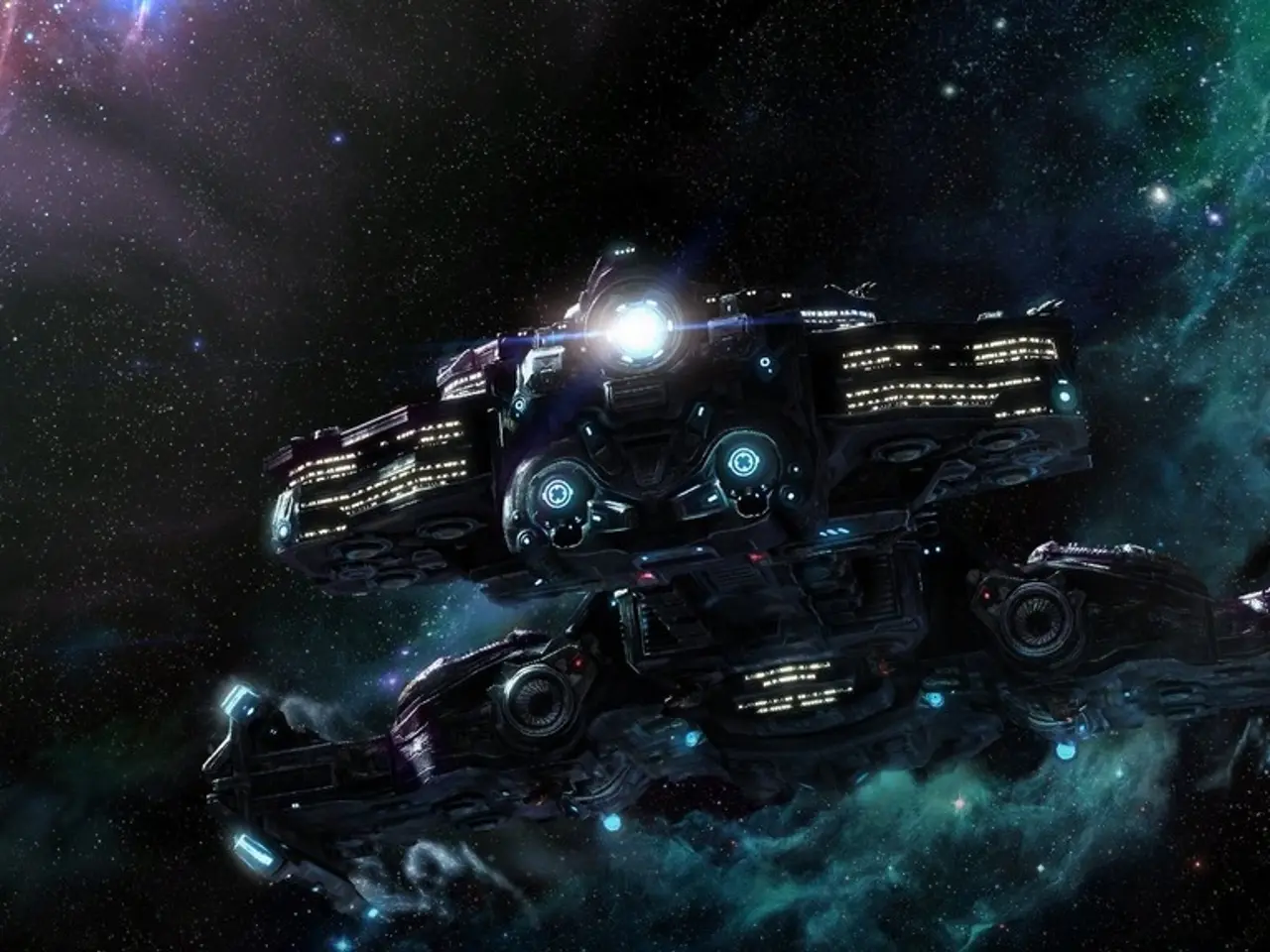Guide on Generating Videos from Astrophotography Snaps with Artificial Intelligence
In the ever-evolving world of photography, converting photos into videos using AI is becoming an increasingly popular trend. This innovative method provides more value to existing photography work and can significantly increase discoverability on social media platforms.
Anthony Robinson, the founder and owner of Skies & Scopes, a renowned publication focused on amateur astronomy and astrophotography, has shared his expertise on this topic. Robinson's work has been featured in prestigious publications such as Amateur Astrophotography, Forbes, the Guardian, DIY Photography, PetaPixel, and Digital Camera World.
For those interested in exploring AI-powered photo-to-video conversion, there are several tools available. Pippit's AI Image-to-Video Generator, Canva, and DeepAI are some of the popular choices. Pippit offers an easy, free online service that converts images into videos with customizable transitions, effects, and even AI avatars with multilingual voiceovers (without watermarks). Canva provides free photo-to-video conversion with a rich template library, editing features, and exports in MP4 format. DeepAI generates videos from images using generative AI to create unique content from scratch, with a quality-enhancing "Genius Mode" option.
To maximize reach and discovery on social media platforms, Robinson offers some best practices:
- Format and length optimization: Tailor your videos to platform-specific formats such as vertical Reels or Stories for Instagram and TikTok, and use shorter videos (~15-60 seconds) for quick engagement on these platforms, while longer formats can work on YouTube.
- Native-first content: Upload videos directly to the platform rather than linking from external sites, as native videos get preference in algorithms.
- Add captions and text: Include engaging captions or overlay text to improve watch time and accessibility, helping reach a wider audience.
- Use trending music and hashtags: Incorporate current popular audio tracks and relevant hashtags to boost video visibility organically.
- Consistent branding: Add logos or consistent color schemes to videos (possible in tools like Canva and InVideo) to build brand recognition.
- Call to action (CTA): Include a clear and compelling CTA in video captions or within the video to drive engagement such as likes, shares, or follows.
For more information about Anthony Robinson and his work, you can visit his profile on Bluesky, find his LinkedIn profile, or follow him on Instagram. To learn more about converting photos into videos using AI, a free PDF is available for download, providing step-by-step instructions, all the links, and best practices on prompting for converting photos into videos using AI.
Sources: - Pippit AI Image-to-Video Generator: https://pippit.capcut.com/tools/ai-image-to-video - InVideo AI tools and branding features: https://wbcomdesigns.com/best-ai-tools-for-youtube/ - Canva and DeepAI photo-to-video tools: https://filmora.wondershare.com/ai-generation/image-to-video-ai-generator.html - Social media optimization best practices: https://www.socialpilot.co/blog/social-media-optimization
- With the rising popularity of AI in the realm of astrophotography, amateurs might find Pippit's AI Image-to-Video Generator useful for creating unique video presentations of their celestial images, taking advantage of its customizable transitions, effects, and multilingual voiceovers.
- In the pursuit of enhancing discoverability on social media for his astrophotography work, Anthony Robinson, a leading figure in the field, suggests employing AI-generated videos, as tools like DeepAI offer the ability to create videos from images using generative AI, which can generate unique content from scratch, aiding in promotional efforts in the world of artificial intelligence and astronomy.




